CISCO交Q机配置命令大全
Router(config)#access-listaccess-list-number{permit|deny{protocol|protocol-keyword}}{sourcesource-wildcard|any}{destinationdestination-wildcard|any}[protocol-specificoptions][log]
R1(config-router)#distribute-listaccess-list-number|namein[typenumber]
R1(config-router)#distribute-listaccess-list-number|nameout[interface-name]routing-process|autonomous-system-number
94.setsnmp命令选项:
setsnmpcommunity{read-only|ready-write|read-write-all}[community_string]
95.setsnmptrap命令格式如下:
setsnmptrap{enable|disable}[all|moudle|classis|bridge|repeater|auth|vtp|ippermit|vmps|config|entity|stpx]
setsnmptraprvcr_addrrcvr_community
96.启用SNMPchassis陷阱:
Console>(enable)setsnmptrapenablechassis
97.启用所有SNMPchassis陷阱:
Console>(enable)setsnmptrapenable
98.禁用SNMPchassis陷阱:
Console>(enable)setsnmptrapdisablechassis
99.给SNMP陷阱接收表加一条记录:
Console>(enable)setsnmptrap192.122.173.42public
100.showsnmp输出结果。
101.命令setsnmprmonenable的输出结果。
102.显示SPAN信息:
Consile>showspan
4003配置
Enterpassword:
Console>enable
Enterpassword:
Console>(enable)setsystemname4003-ER-F1
Systemnameset.
4003-ER-F1>(enable)setsystemlocation1stFloorEquipmentRoom
Systemlocationset.
4003-ER-F1>(enable)setsystemcontactsysadmin@bigcorp.com
Systemcontactset.
4003-ER-F1>(enable)settime04/30/19999:45:00
FriApr301999,09:45:00
4003-ER-F1>(enable)setpassword
Enteroldpassword:
Enternewpassword:
Retypenewpassword:
Passwordchanged.
4003-ER-F1>(enable)setenablepass
Enteroldpassword:
Enternewpassword:
Retypenewpassword:
Passwordchanged.
4003-ER-F1>(enable)setbannermotd%
4003-ER-F1(Catalyst4003)
AccessRestricted
%
MOTDbannerset
4003-ER-F1>(enable)setinterfacesc010.10.1.20/24
Interfacesc0IPaddressset.
4003-ER-F1>(enable)setiproutedefault10.10.1.1
Routeadded.
4003-ER-F1>(enable)setipdnsserver10.10.10.100
10.10.10.100addedtoDNSservertableasprimaryserver.
4003-ER-F1>(enable)setipdnsdomainbigcorp.com
DefaultDNSdomainnamesettobigcorp.com
4003-ER-F1>(enable)setipdnsenable
DNSisenabled
4003-ER-F1>(enable)setvtpdomainBigCorpmodeclient
VTPdomainBigCorpmodified
4003-ER-F1>(enable)setmodulename1Supervisor
Modulenameset.
4003-ER-F1>(enable)setmodulename2GigUplinks
Modulenameset.
4003-ER-F1>(enable)setportflowcontrol2/1-2sendoff
Ports2/1-2flowcontrolsendadministrationstatussettooff
(portswillnotsendflowcontroltofarend)
4003-ER-F1>(enable)setportflowcontrol2/1-2receiveoff
Ports2/1-2flowcontrolreceiveadministrationstatussettooff
(portswillnotallowfarendtosendflowcontrol)
4003-ER-F1>(enable)setportnegotiation2/1-2enable
Ports2/1-2negotiationenabled
4003-ER-F1>(enable)setportname2/1-2GEC802.1QTrunk
Ports2/1-2nameset.
4003-ER-F1>(enable)setportchannel2/1-2desirable
Port(s)2/1-2channelmodesettodesirable.
4003-ER-F1>(enable)settrunk2/1desirabledot1q
Port(s)2/1-2trunkmodesettodesirable.
Port(s)2/1-2trunktypesettodot1q.
4003-ER-F1>(enable)setmodulename3GigServerLinks
Modulenameset.
4003-ER-F1>(enable)setportname3/1-2CorporateServer
Ports3/1-2nameset.
4003-ER-F1>(enable)setportname3/3DevEngServer
Port3/3nameset.
4003-ER-F1>(enable)setportname3/4QAServer
Port3/4nameset.
4003-ER-F1>(enable)setportflowcontrol3/1-4senddesired
Ports3/1-4flowcontrolsendadministrationstatussettodesired
(portswillsendflowcontroltofarendiffarendsupportsit)
4003-ER-F1>(enable)setportflowcontrol3/1-4receivedesired
Ports3/1-4flowcontrolreceiveadministrationstatussettodesired
(portswillallowfarendtosendflowcontroliffarendsupportsit)
4003-ER-F1>(enable)setportchannel3/1-2off
Port(s)3/1-2channelmodesettooff.
4003-ER-F1>(enable)setportchannel3/3-4off
Port(s)3/3-4channelmodesettooff.
4003-ER-F1>(enable)settrunk3/1-4off
Port(s)3/1-4trunkmodesettooff.
4003-ER-F1>(enable)setspantreeportfast3/1-4enable
Warning:Spantreeportfaststartshouldonlybeenabledonportsconnected
toasinglehost.Connectinghubs,concentrators,switches,bridges,etc.to
afaststartportcancausetemporaryspanningtreeloops.Usewithcaution.
Spantreeports3/1-4faststartenabled.
4003-ER-F1>(enable)setvlan103/1-2
VLAN10modified.
VLAN1modified.
VLANMod/Ports
---------------------------
102/1-2
3/1-2
4003-ER-F1>(enable)setvlan203/3
VLAN20modified.
VLAN1modified.
VLANMod/Ports
---------------------------
202/1-2
3/3
4003-ER-F1>(enable)setvlan403/4
VLAN40modified.
VLAN1modified.
VLANMod/Ports
---------------------------
402/1-2
3/4
4003-ER-F1>(enable)
交换机基础知识
******************************
第一章园区网概述
园区网特点
1.在一个固定地理区域内的一个公司或一个公司的一部分。
2.拥有该园区网的公司通常也拥有该园区内所用的物理线路。
传统园区网的主要问题
1.可用性
2.性能
在传统园区网中,通常用多端口网桥将一个局域网分段成隔离的碰撞域。这样可解决两个问题:
1.碰撞域(CollisionDomain)
2.距离限制
网络中通信的三种形式:单播(Unitcast)、组播(Multicast)、广播(Broadcast)。
1.多点广播实例:CiscoIP/TV分发多媒体数据、定位IP服务上的Novell5.
2.提出请求的广播:IP的地址解析协议(ARP)、NetBIOS的名字请求、网间包交换协议(IPX)寻找最近服务器(GetNearestServer,GNS)请求。
3.发布通告的广播:IPX服务通告协议(SAP)数据包、路由信息协议(RIP)、内部网关路由选择协议(IGRP)。
遏制广播的两种方法:
1.使用路由器生成多个子网;
2.利用交换机实施VLAN.
当前园区网由两部分组成:
1.局域网交换机
2.路由器
传统的80/20规则和新的20/80规则
1.80/20规则:在设计恰当地网络环境中,一个给定网段上80%的流量是本地的,不超过20%的网络流量需要通过主干。
2.20/80规则:只有20%的流量是到本地工作组局域网的,而80%的流量需要流出本地网络。
导致流量模式的改变有两个因素:
1.基于Web应用的计算普遍,很多PC既是信息的接受者,也是信息的发布者;
2.企业部署集中式的服务器群(既降低成本、提高安全、便于管理)。
新的园区网模型中的3类服务
1.本地服务:本地数据流不进入网络主干或通过路由器
2.远程服务:远程服务数据流穿过广播域边界,但可能也可不通过网络主干
3.企业级服务:放在距离网络主干很近的一个独立的子网上
与OSI分层相应的PDU和设备类型
模型层PDU类型设备类型
数据链路层(第2层)数据帧交换机/网桥
网络层(第3层)数据包路由器
传输层(第4层)TCP数据分段TCP端口
多层交换机
多层交换基于单独的流,MLS-SE为MLS流维护一个缓存条目并为每个流存储统计信息。流中的所有数据包都与缓存中的信息进行比较。
缺省情况下,256秒之后,如果没有任何流利用到一个MLS缓存项(CacheEntry),那么这个缓存项将从缓存中删除。
路由器的优势
决定转发路径
验证3层包头的完整性、有效期(onheaderonly)
修改TTL
处理并响应任何选项信息
MIB中更新转发统计数据
安全控制
第3层交换的优势(路由器没有)
低成本
低延时
交换机和网桥
第二层交换机由于采用ASIC(专用集成电路,Application-SpecifiedIntegratedCircuits)硬件处理技术,所以交换机可比以太网桥低得多的成本提供高达Gbit速率的可扩展性和低时延。
第三层交换机主要有两种产品
多层交换
Cisco快速转发(CEF)
Cisco分层模型中各层使用的主要设备
层次层次名设备
第一层访问层Catalyst1900,2820,2900,4000,5000
第二层分布层Catalyst5000(支持多层交换,带路由模块),2926G(需要外部路由支持)6000(密集Fast或Gigabit以太网口,如120个Gigabit端口)
第三层核心层Catalyst6500,8500(multicastrouting,支持PIM协议)
接入层交换机应用
接入端口数交换机
Lessthan5019xx,2820,29xx(如CAD/CAM和IC设计环境),35xx
Lessthan1004xxx(可提供多达36Gbit以太网端口,96个用户接入)
Morethan1005xxx(Multigigabit10/100/1000Mbps)
园区两个基本元素:
1.交换区块(SwitchingBlock)
2.核心区块(CoreBlock)
影响交换区大小的主要因素:
1.数据类型和行为;
2.工作组的大小和数量(一般不超过2000个用户)
说明交换区过大:
1.分布层路由上出现流量瓶颈;
2.广播和Multicast降低了Switch和Router的处理速度。
分割交换区的原则
1.应基于网络上通过的流量(TrafficFlow),而不是Blocking中的节点数;
2.为了进行分割,需要定期进行流量采集。
有两种基本的核心层设计:
1.紧缩核心(Collapsed)
◎分布层和核心层功能由同一个设备执行;
◎每台接入层交换机到分布层交换机都有一条冗余链路;
◎第三层冗余是由运行HSRP的两台分布层交换机提供的。
2.双核心(Dual):在核心层至少有两个设备提供冗余。但他们之间没有连接,以防止生成树循环。
路由选择协议所支持Blocking的最大数量
协议支持路由对等的最大数量核心层子网数Blocking数
OSPF50225
EIGRP50225
RIP30215
实施第三层核心的好处:
很多设计采用第二层DD第三层DD第二层的模型,取得了成功,但有些情况下需要使用第三层核心,主要好处:
1.快速收敛:路由协议收敛时间5s~10s,而生成树收敛时间在50s;
2.自动负载均衡:路由协议可在多条等成本路径间均衡负载;
3.消除对等问题:可以支持更多的SwitchingBlocking,达100个。
坏处:费用和性能。
传统路由器功能:
_Determinepathsbasedonlogicaladdressing
_Runlayer3checksums(onheaderonly)
_UseTimetoLive(TTL)
_Processandrespondstoanyoptioninformation
_CanupdateSimpleNetworkManagementProtocol(SNMP)managerswithManagementInformationBase(MIB)information
_ProvideSecurity
第三层交换机优点:
_Hardware-basedpacketforwarding
_High-performancepacketswitching
_High-speedscalability
_Lowlatency
_Lowerper-portcost
_Flowaccounting
_Security
_Qualityofservice(QoS)
QualityofService的含义
Messagesaregivenmoreresourcesiftheyneedit.例如电视会议应用比电子邮件可能会得到更多的带宽。
所以第四层的路由器或交换机可以根据第四层信息来控制流量。一种方法是采用标准的或扩展的访问控制列表。另一种方法是通过NetFlow交换来提供流的第四层统计。


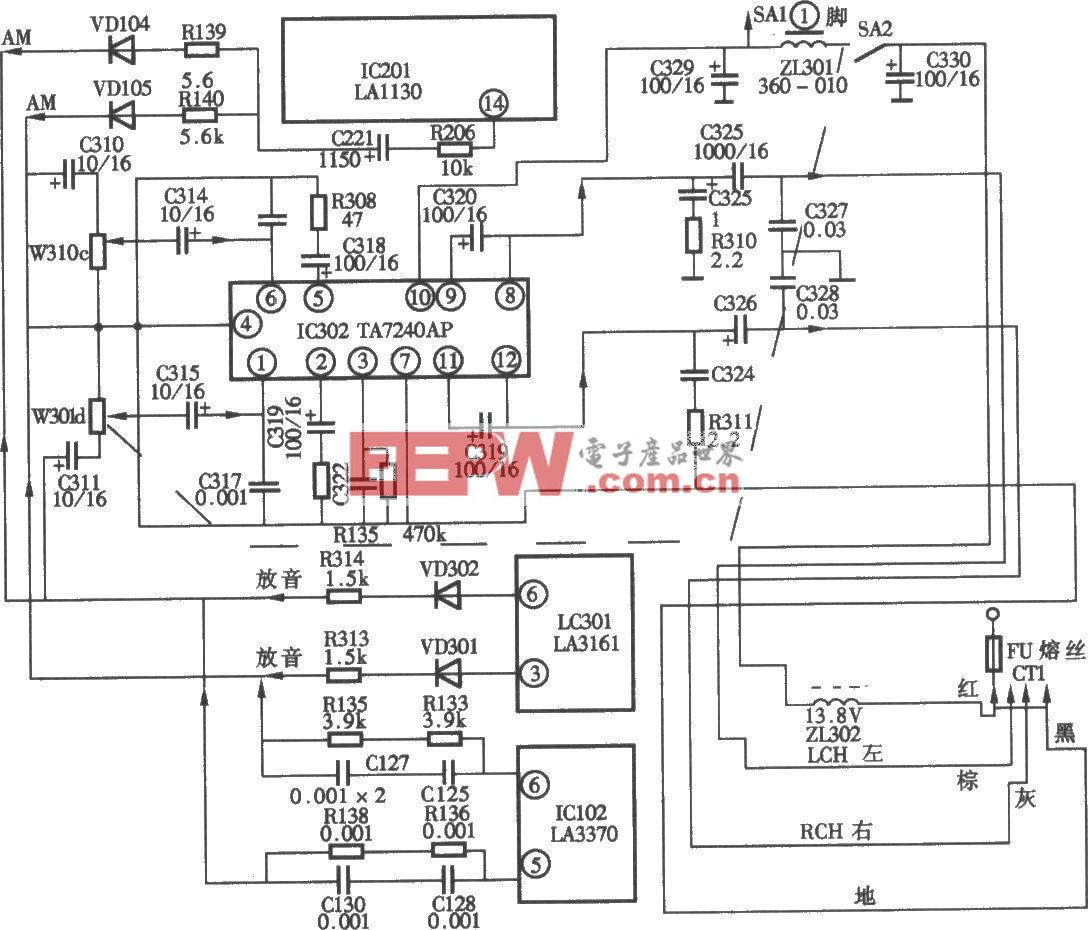


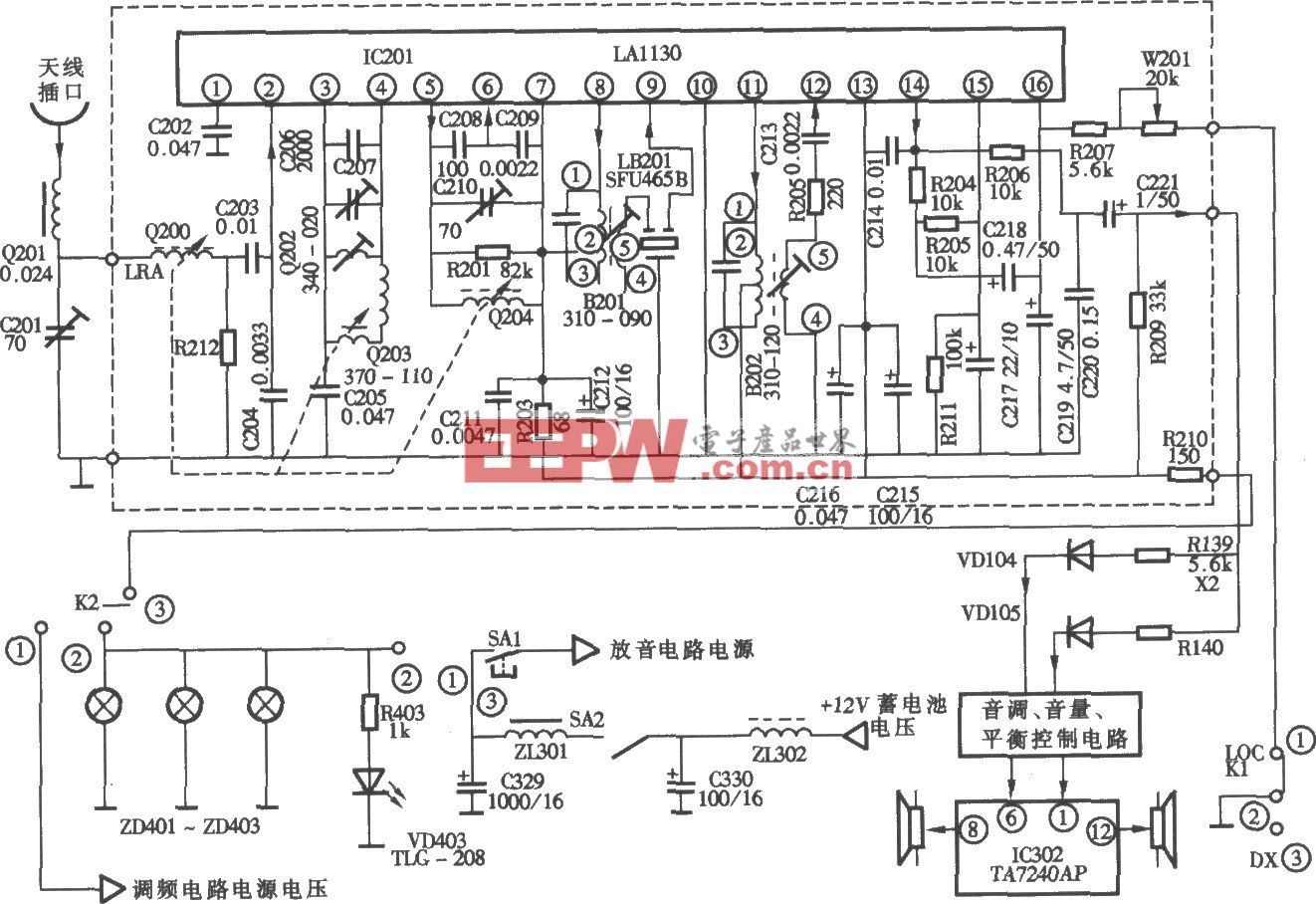
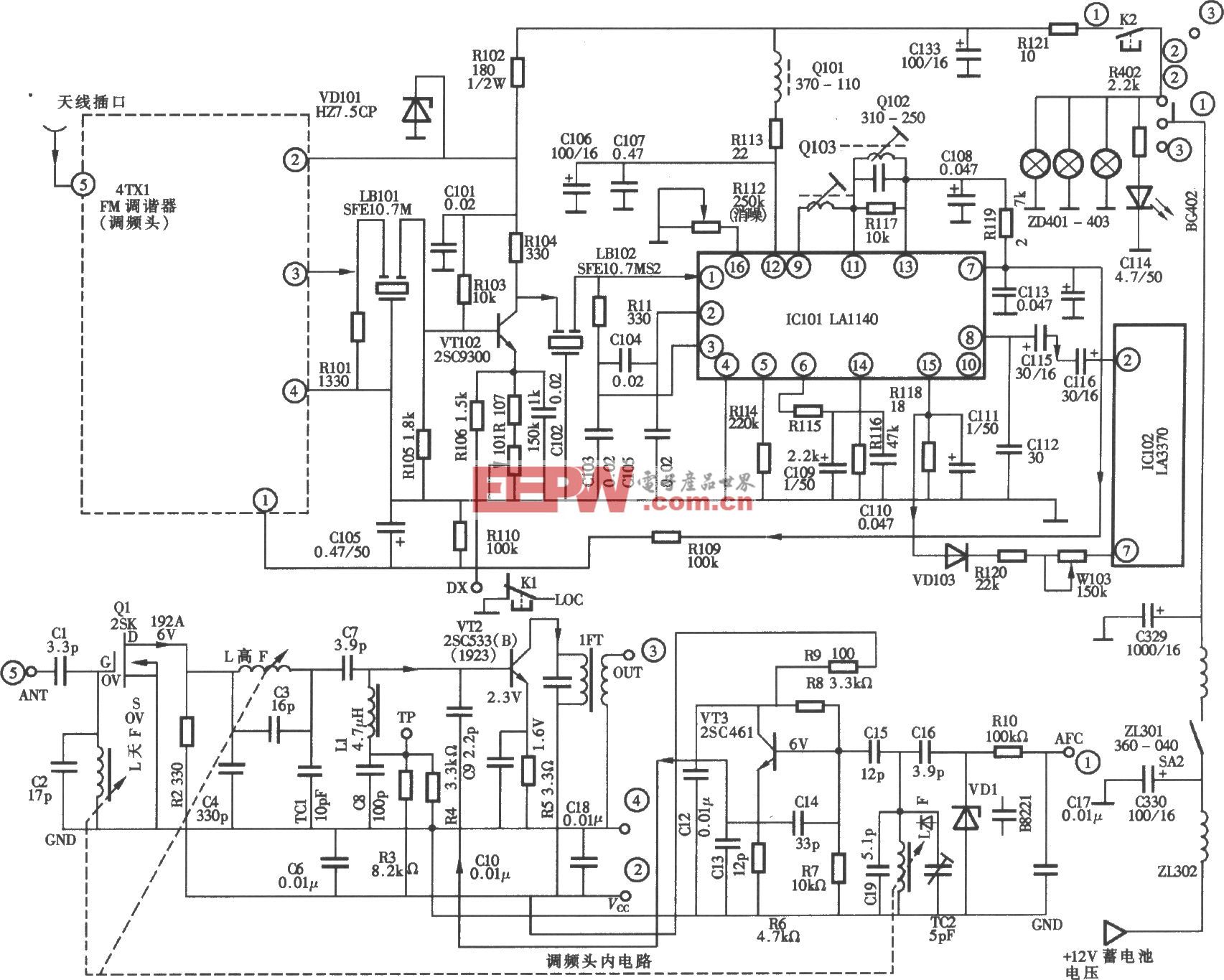
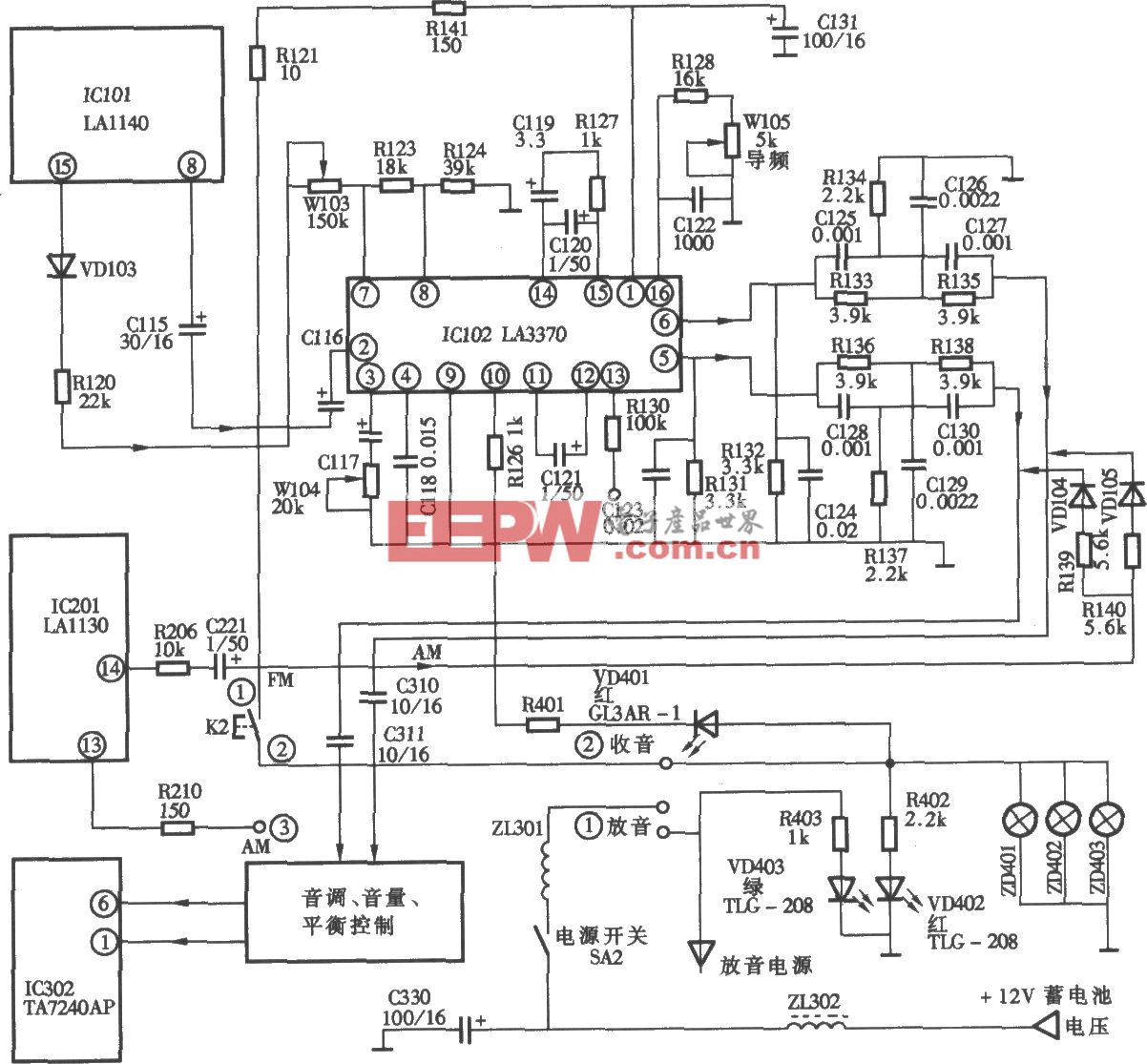
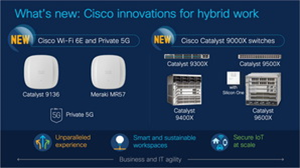

评论